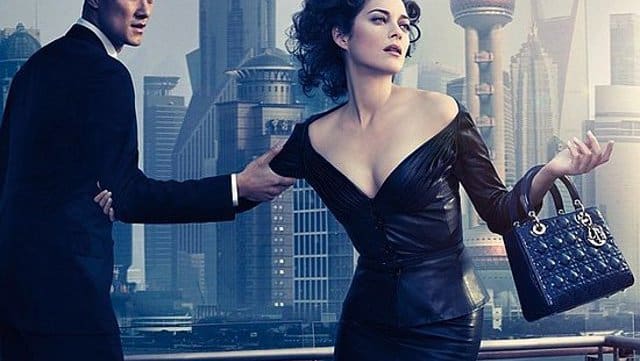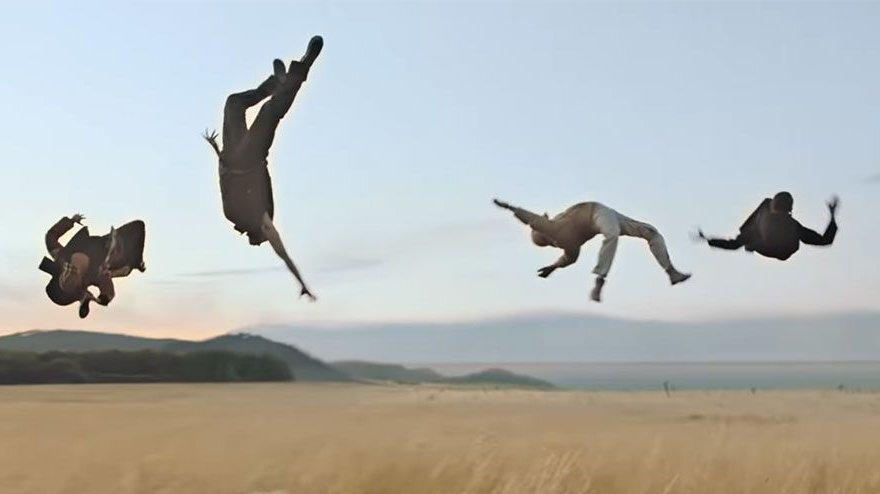Why fashion films have evolved to become the perfect Gen Y branding tool

Why fashion films have evolved to become the perfect Gen Y branding tool
Fashion’s collective obsession with film has been gaining some serious ground over recent seasons, with countless catwalk presentations introducing video elements or offering it as an alternative to the catwalk. Right now, the freestanding fashion film is enjoying (another) moment in the sun. Red carpet dressing for film premieres remains a huge industry, but it seems the fashion industry has shown that it has more serious designs on the film industry.
Karl Lagerfeld’s Remember Now, the latest movie that the designer has made for Chanel, has just been unveiled in Cannes. Meanwhile, David Lynch has created Dior’s latest cinematic instalment, which features Marion Cotillard and Prada has followed suit with its short film “Riviera Love”. Why has the fashion film become such a crucial marketing accessory now?
Two decades on from Lynch’s first advert for Calvin Klein’s Obsession fragrance in the late 1980s and following subsequent examples of the fashion-film-advertising trio like Baz Luhrmann for Chanel No 5 and Ridley Scott for Prada fragrance, the genre has evolved to incorporate two of the biggest developments to affect the luxury industry: social media and the globalisation of brands.
What’s most striking is that the commercial aspect of such films is diluted beyond recognition; branding consciously played down, if shown at all. Narrative is also kept to a minimum, partly due to the length of the film, and partly due to an approach that firmly places style over product placement. Instead it’s about summoning a “mood”, or, more accurately, a snapshot of a parallel universe created by that brand. These are used to demonstrate the brand’s sensitive, intellectual and cultural side – and can bring emotion and visual excitement to branding for the YouTube generation anywhere around the world.
It would seem the fashion film has partly risen from necessity; it’s an effective way to create millions of emotional individual connections to an international brand. This is particularly skilful in Lynch’s piece for Dior, which grounds the action in Shanghai, a decision surely encouraged by the importance of the Asian market. And while Kaiser Karl and Co can create this kind of mass connection, don’t expect the production of these sartorially-driven slices of celluloid to slow down anytime soon.
Sources
Independent – 10 May 10
Financial Times – 14 May 10
New York Times – 18 May 10










